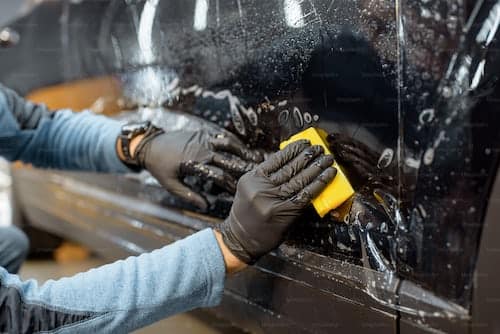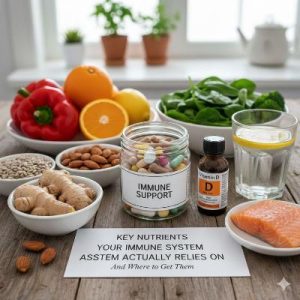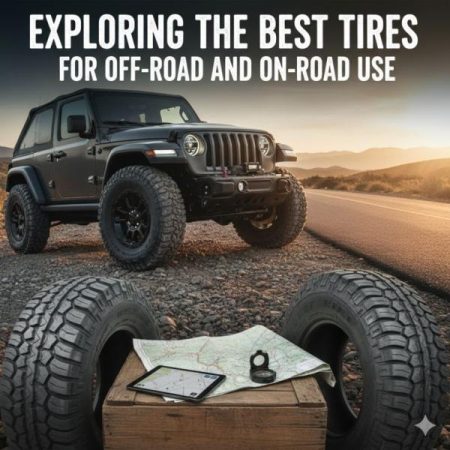Every automobile owner seeks to keep their vehicle as free of harm as possible and to preserve it in service for as long as feasible. They accomplish this by performing planned technical inspections, using protective oils, and covering the car with specific protective coatings. Before discussing the features and benefits of the films, as well as how to glue the armored screen up to the car, it should be mentioned that there are two primary purposes:
- Decoration.
- Bodily protection against external injury in the form of scratches.
There are many different types of films available. Decorative models were created expressly for automotive tuning, and they are typically utilized as a less expensive and more profitable alternative to painting. A protective film on a car is required to protect the surface of the body or its constituent elements from mechanical damage from the outside, as you can tell from the name. Usually in order to avoid future car repair in terms of casing, mostly the fresh drivers tend to consider car film protection for newly bought vehicles rather than applying one to the previously used automobiles taking into account the fact that car body repair is quite costly at any given service center.
Variety of protection films
There are many different types of films available. Decorative models were created expressly for automotive tuning, and they are typically utilized as a less expensive and more profitable alternative to painting. A protective film on a car is required to protect the surface of the body or its constituent elements from mechanical damage from the outside, as you can tell from the name.
Matte and glossy automotive protection films are available, as well as specific films developed for gluing small pieces such as mirrors and headlights. How to glue the protective film on the car can differ depending on the kind and purpose of the product. In some circumstances, you will be able to achieve this on your own, while in others, you will need the assistance of expert workshop masters.
Originally created for military-industrial objectives to shield helicopters from sand, anti-gravel protective film is now used for a variety of purposes. Following that, it was actively used for gluing racing cars in Formula 1. Because anti-gravel film was recently made available for “civilian” usage, many people were curious about how to apply a protective film to the hood of a car on their own. This helps you to save money not just on painting but also on paying for a service like this. Because some types require the use of special equipment for pasting, this approach may not always be productive.
Another sort of car film was created exclusively for the advertising industry. Their primary function is to safeguard billboards and light boxes. They are now used in the automotive industry as well. There are some variables to consider when deciding how to apply a protective film on your car, which needs ultimate care and attentiveness.

Any car, as well as its specific components, can be protected by using protective films. Modern car films provide the following advantages as a result of technology advancement:
- Protection against exterior damage
- Lowering the environmental effect
- Low-cost option to painting a car after minor damage
- Protection against UV rays and automotive color fading
Furthermore, there are no unique intricacies in how to apply a protective film to a car and securely remove it afterwards – everything is fairly straightforward and inexpensive. Furthermore, protective films do not leave any residue after disassembly, which is a big advantage.
Not everyone is capable of applying a protective layer to an automobile on their own. This procedure necessitates special attention and certain abilities. Everything concerning how to apply a protective film to the hood of a car and how to do so swiftly and efficiently should be left to professionals.
One can do it by himself if you are confident of success and smooth layering. If you decide to do it on your own, the most important point is to properly wash and clean the car of any dirt. Make sure there are no visible flaws on the body; the film will not disguise them, but instead accentuate them.






